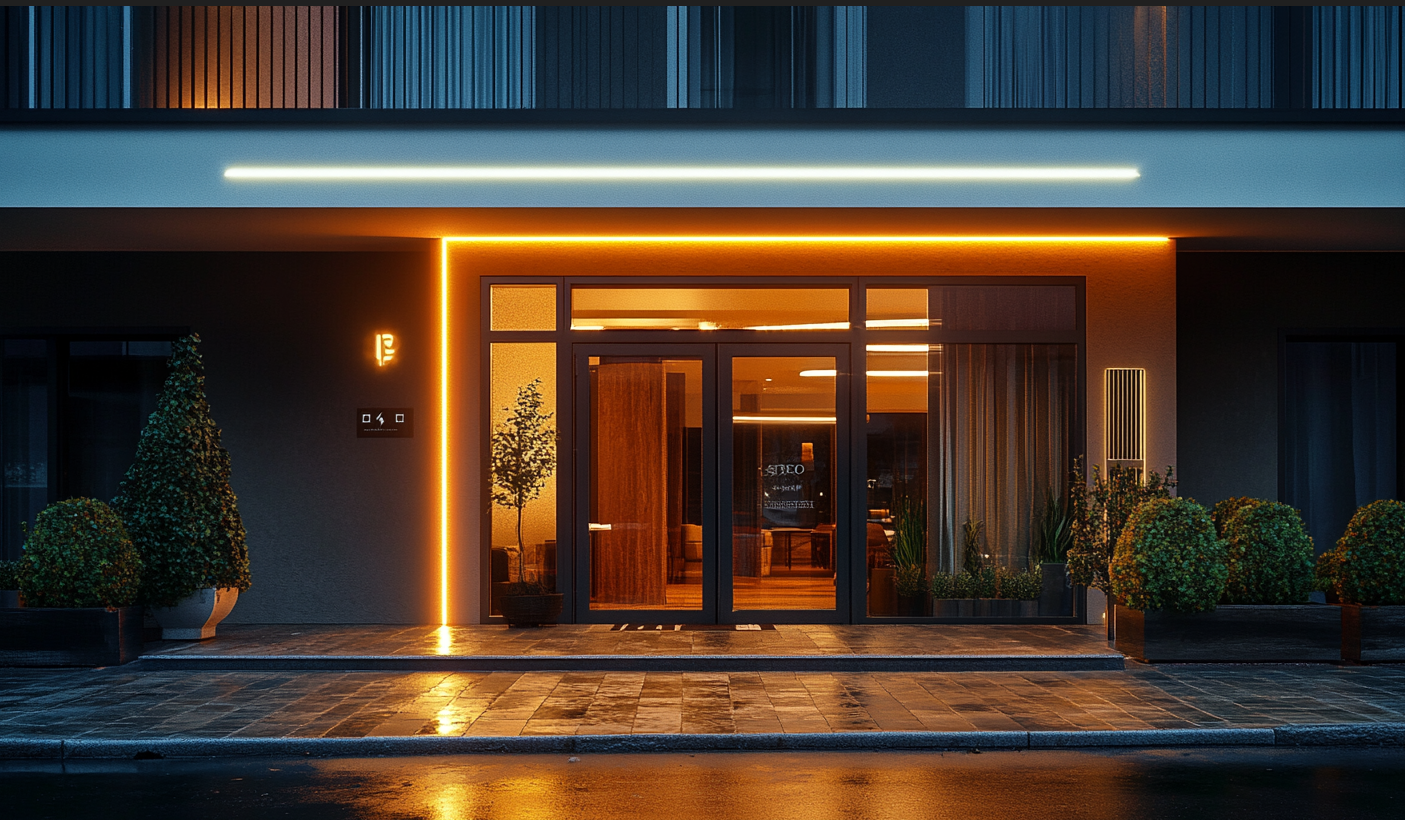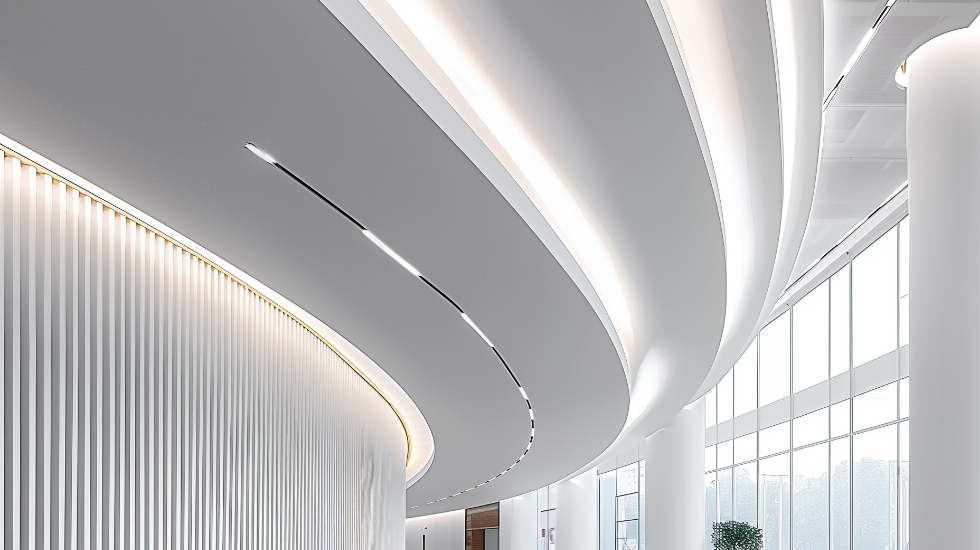Blogs
The Benefits of Neon Flex Compared to Traditional Neon Lights
In recent years, Neon Flex lighting has become a popular alternative to traditional neon lights. While both options offer vibrant, eye-catching illumination, Neon Flex provides several distinct advantages that make it a more practical choice for many lighting applications. Whether you're a designer, contractor, or DIY enthusiast, understanding the differences between these two types of lighting can help you make an informed decision for your next project.
In this post, we’ll explore the key benefits of Neon Flex over traditional neon lights, including its durability, flexibility, energy efficiency, ease of installation, and safety features.
What Is Neon Flex?
Neon Flex is a modern, flexible lighting solution that mimics the look of traditional neon lights but uses LED technology. It consists of LED lights encased in a silicone or PVC housing that provides flexibility, durability, and vibrant color effects. Unlike traditional neon lights, which use glass tubing filled with gas, Neon Flex is lightweight, easy to shape, and can be cut to various lengths, making it a versatile lighting solution for a wide range of applications.
Key Benefits of Neon Flex Over Traditional Neon Lights
1. Durability and Flexibility
One of the standout features of Neon Flex is its flexibility. Unlike traditional neon lights, which are made of brittle glass, Neon Flex is constructed using silicone or PVC that is much more flexible and resistant to breakage. This means that Neon Flex can be bent around curves, angles, and corners without the risk of cracking or shattering, making it ideal for both indoor and outdoor applications.
Traditional Neon: Fragile and prone to breaking, making installation and transportation more cumbersome.
Neon Flex: Flexible, durable, and virtually unbreakable, making it safer and more adaptable for complex installations.
2. Energy Efficiency
Neon Flex lighting is powered by LED technology, which is significantly more energy-efficient than the gas-powered bulbs used in traditional neon lights. LED lights consume less power while producing the same, if not brighter, illumination.
Traditional Neon: Consumes more energy and requires high-voltage transformers, resulting in higher operating costs.
Neon Flex: More energy-efficient, with lower power consumption, which translates into long-term savings on electricity bills.
3. Safer to Handle
Traditional neon lights use high-voltage transformers to power the gas inside the glass tubes, making them potentially dangerous to handle. The fragile glass tubes can break easily, posing a risk of injury, and the gas inside can be hazardous.
Traditional Neon: Risk of breakage and high-voltage shock during installation and handling.
Neon Flex: Uses low-voltage LEDs, which are much safer to install and handle. It’s flexible, durable, and won’t shatter into dangerous glass shards.
4. Easier Installation and Customization
Neon Flex is far easier to install than traditional neon lights. It comes with an adhesive backing or can be mounted with clips or channels, making it more convenient for DIYers and professionals alike. Traditional neon requires complex installation techniques, including the need for glass bending and professional labor.
Traditional Neon: Requires skilled labor to bend glass tubes and install the system. The process is labor-intensive, time-consuming, and costly.
Neon Flex: Can be easily cut to size, bent into shape, and installed with minimal tools. It’s ideal for both custom installations and mass production projects.
5. Variety of Color Options
Both traditional neon and Neon Flex offer a wide range of vibrant colors. However, Neon Flex has the advantage of providing a more consistent and uniform color distribution thanks to the LED technology, which ensures that every section of the strip is equally bright.
Traditional Neon: Colors may vary slightly across the tube, and different gases are required to produce various hues.
Neon Flex: Provides consistent color across the entire strip, with a wider variety of options including RGB, RGBW, and CCT tunable LEDs.
6. Weather Resistance for Outdoor Use
Neon Flex is available with IP65, IP67, or IP68 ratings, making it suitable for both indoor and outdoor applications. It is waterproof and weather-resistant, which is especially important for lighting installations exposed to the elements, such as outdoor signage, landscape lighting, and architectural accents. Traditional neon lights, however, are often not designed for outdoor use unless specially protected.
Traditional Neon: Typically not waterproof or resistant to extreme weather unless specially coated.
Neon Flex: Waterproof and weather-resistant, perfect for outdoor applications such as signage, fence lighting, and building facades.

7. Longer Lifespan
LED technology has a longer lifespan than traditional neon lights. Neon Flex can last for 50,000 to 100,000 hours, depending on the quality of the product, while traditional neon typically lasts 10,000 to 15,000 hours before needing replacement.
Traditional Neon: Shorter lifespan, with gas-filled tubes that can burn out or lose brightness over time.
Neon Flex: Long-lasting, with LEDs that maintain consistent brightness and color throughout their life.
8. Environmental Impact
Because Neon Flex is energy-efficient and uses LEDs, it is a more environmentally friendly option than traditional neon lights. LEDs contain no harmful chemicals such as mercury, which is found in the phosphor used in traditional neon lights. Additionally, Neon Flex is made from recyclable materials, further reducing its environmental footprint.
Traditional Neon: Contains hazardous gases like neon or argon, which are not environmentally friendly and can be difficult to dispose of properly.
Neon Flex: Environmentally friendly with no toxic chemicals and a lower environmental impact during both production and disposal.
9. Cost-Effectiveness
While Neon Flex may have a higher upfront cost compared to traditional neon lights, its longer lifespan, lower energy consumption, and easy installation make it a more cost-effective solution in the long run.
Traditional Neon: Higher upfront cost, plus ongoing maintenance, power, and replacement costs.
Neon Flex: Lower operational costs, longer lifespan, and less maintenance, making it a more economical choice over time.
Applications of Neon Flex
Due to its versatility, Neon Flex is suitable for a wide range of applications, including:
Signage: Ideal for creating eye-catching business signs or advertisements.
Interior and Exterior Lighting: Perfect for architectural lighting, accent lighting, and wall features.
Decorative Lighting: Use in bars, restaurants, clubs, and homes for a stylish, modern look.
Landscaping: Outdoor pathway lighting or tree wrapping in gardens or parks.
Conclusion: Why Choose Neon Flex Over Traditional Neon Lights?
Neon Flex is the modern, safer, more durable, and cost-effective alternative to traditional neon lights. Offering benefits such as energy efficiency, flexibility, longer lifespan, and weather resistance, it’s clear why Neon Flex is becoming the go-to lighting solution for both professionals and DIYers alike. Whether you're installing lighting for signage, decorative purposes, or landscaping, Neon Flex offers a range of benefits that traditional neon lights simply can't match.
If you're considering an upgrade to your lighting project, Neon Flex offers a superior, long-lasting, and environmentally friendly alternative to traditional neon lights—one that’s easier to install, safer to use, and more cost-effective in the long run.
RELATED NEWS
- Are Daylight LEDs Too Bright for a Living Room?Are Daylight LEDs Too Bright for 2025-04-17
- How Do I Choose the Right LED Strip for Under-Cabinet Lighting? 2025-04-17
- Why Do My LED Lights Flicker Even When Using a Dimmer? 2025-04-10
- How Do I Know If My LED Strip Is Getting Enough Power? 2025-04-10
- How Much Energy Can You Save by Switching to LED Lights? 2025-04-03
CATEGORIES
LATEST NEWS
CONTACT US
Contact:
Phone:
E-mail: jessica@ledfocus.cn
Whatsapp:
Add: 983-984, Building B, Qinghu Industrial Park, Qingxiang Road, Qinghu Community, Longhua Street, Longhua District, Shenzhen, China

